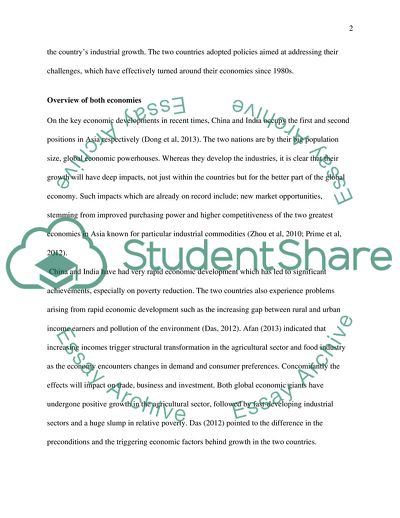Cite this document
(1.China and India are industrializing rapidly in the current global Essay, n.d.)
1.China and India are industrializing rapidly in the current global Essay. https://studentshare.org/macro-microeconomics/1800331-1china-and-india-are-industrializing-rapidly-in-the-current-global-economy-discuss-the-factors-that-contributed-to-the-growth-of-these-economies-and-evaluate-the-prospects-and-challenges-of-these-economies-in-the-future
1.China and India are industrializing rapidly in the current global Essay. https://studentshare.org/macro-microeconomics/1800331-1china-and-india-are-industrializing-rapidly-in-the-current-global-economy-discuss-the-factors-that-contributed-to-the-growth-of-these-economies-and-evaluate-the-prospects-and-challenges-of-these-economies-in-the-future
(1.China and India Are Industrializing Rapidly in the Current Global Essay)
1.China and India Are Industrializing Rapidly in the Current Global Essay. https://studentshare.org/macro-microeconomics/1800331-1china-and-india-are-industrializing-rapidly-in-the-current-global-economy-discuss-the-factors-that-contributed-to-the-growth-of-these-economies-and-evaluate-the-prospects-and-challenges-of-these-economies-in-the-future.
1.China and India Are Industrializing Rapidly in the Current Global Essay. https://studentshare.org/macro-microeconomics/1800331-1china-and-india-are-industrializing-rapidly-in-the-current-global-economy-discuss-the-factors-that-contributed-to-the-growth-of-these-economies-and-evaluate-the-prospects-and-challenges-of-these-economies-in-the-future.
“1.China and India Are Industrializing Rapidly in the Current Global Essay”. https://studentshare.org/macro-microeconomics/1800331-1china-and-india-are-industrializing-rapidly-in-the-current-global-economy-discuss-the-factors-that-contributed-to-the-growth-of-these-economies-and-evaluate-the-prospects-and-challenges-of-these-economies-in-the-future.


